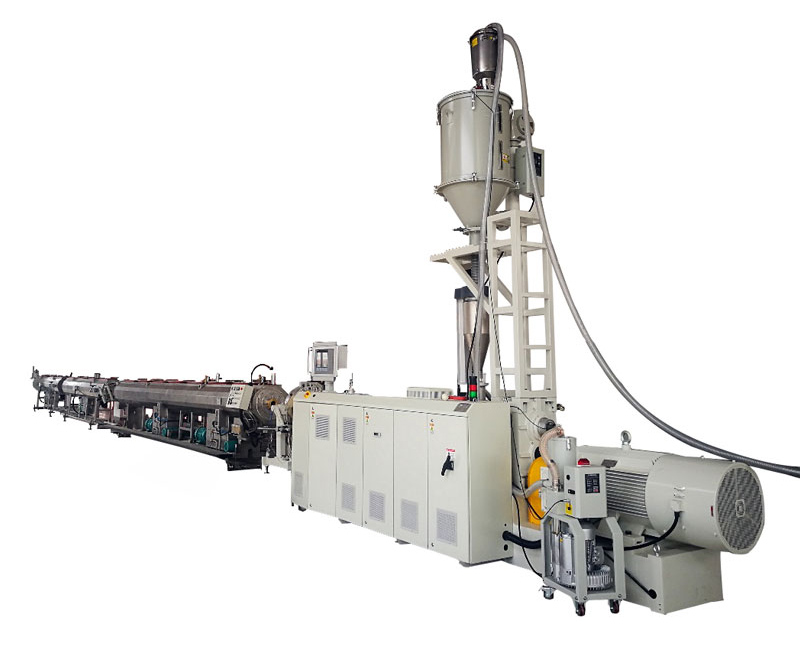- English
- Español
- Português
- русский
- Français
- 日本語
- Deutsch
- tiếng Việt
- Italiano
- Nederlands
- ภาษาไทย
- Polski
- 한국어
- Svenska
- magyar
- Malay
- বাংলা ভাষার
- Dansk
- Suomi
- हिन्दी
- Pilipino
- Türkçe
- Gaeilge
- العربية
- Indonesia
- Norsk
- تمل
- český
- ελληνικά
- український
- Javanese
- فارسی
- தமிழ்
- తెలుగు
- नेपाली
- Burmese
- български
- ລາວ
- Latine
- Қазақша
- Euskal
- Azərbaycan
- Slovenský jazyk
- Македонски
- Lietuvos
- Eesti Keel
- Română
- Slovenski
- मराठी
- Srpski језик
How to Customized Extrusion Line for Special Application Pipe
2024-04-01
Customizing an extrusion line for a special application pipe involves several steps to ensure that the equipment meets the specific requirements and production needs. Here's a general overview of the process:
1. Define Requirements: Clearly define the specifications and requirements for the special application pipe. Consider factors such as pipe diameter, wall thickness, material type (e.g., CPVC), intended use, and any unique features or properties needed.
2. Select Equipment: Choose the appropriate extrusion line equipment based on the defined requirements. This may include an extruder, die head, calibration unit, cooling system, haul-off unit, cutting unit, and any additional components necessary for the specific pipe profile and production process.
3. Customization Options: Work with the extrusion line manufacturer to explore customization options to tailor the equipment to your application. This may involve modifying the design, dimensions, materials, or functionality of certain components to meet the unique requirements of the special application pipe.
4. Engineering Design: Collaborate with the manufacturer's engineering team to develop detailed design plans and specifications for the customized extrusion line. Ensure that the design considers factors such as material compatibility, processing parameters, production efficiency, and quality control measures.
5. Prototype Development: Depending on the complexity of the customization, it may be beneficial to create a prototype or pilot run to test the performance and functionality of the customized extrusion line. This allows for adjustments and refinements before full-scale production.
6. Testing and Validation: Conduct thorough testing and validation of the customized extrusion line to ensure that it meets the specified requirements and performance criteria. This may involve material testing, dimensional analysis, process optimization, and quality assurance checks.
7. Installation and Commissioning: Once the customized extrusion line is finalized and tested, it can be installed and commissioned at your facility. Work closely with the manufacturer's installation team to ensure proper setup, calibration, and training for operators.
8. Training and Support: Provide training for operators and maintenance personnel on the operation, maintenance, and troubleshooting of the customized extrusion line. Ensure that the manufacturer offers ongoing technical support and assistance as needed.
9. Continuous Improvement: Monitor the performance of the customized extrusion line and implement any necessary improvements or optimizations over time. Regular maintenance, process adjustments, and feedback from operators can help maximize efficiency and productivity.
By following these steps and working closely with the extrusion line manufacturer, you can successfully customize the equipment for your special application pipe and achieve your production goals effectively.




